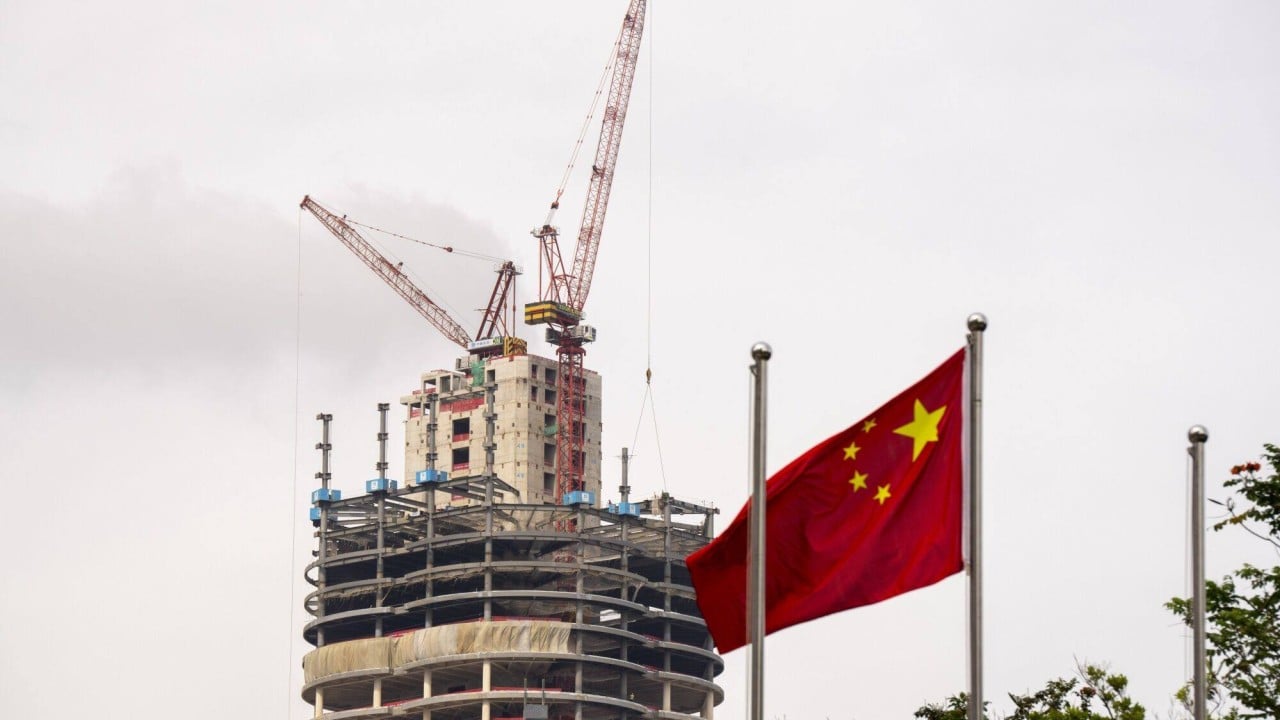China needs to provide “clear direction and an anchor” during the upcoming third plenum to revive market confidence, while a market mechanism and structural reforms are also required, a senior China economist said ahead of this month’s key conclave.
“We’re hopeful that the [upcoming third plenum] document will speak to some of the issues … maybe strengthening property rights surrounding entrepreneurship and putting local government finances on sounder footing,” Alfred Schipke, director of the National University of Singapore’s East Asian Institute, told the Post in Beijing last week.
“Maybe some related to governance and giving a message to the global community that China, despite all the challenges that it faces, is open for business.”
Beijing confirmed last week that the third plenum of the new Central Committee would convene for four days from July 15 to chart China’s long-term growth path, which would include economic and tech development goals for the next decade, as well as a series of interim goals to be reached by 2035.
Schipke spent more than seven years as the International Monetary Fund’s (IMF) senior resident representative for China from 2013 – the year Beijing vowed to let the market play a decisive role in resource allocation in its milestone reform document.
Before his relocation to India and then Singapore, Schipke had pushed the IMF advice of promoting structural reform in China, rather than debt accumulation.
Households, companies and also local governments are looking for a clear direction and an anchor, which in turn would foster confidence
China’s Politburo – a major decision-making body in Chinese politics – said last week that the country aimed to build a high-standard socialist market economy by 2035, while a decision about deepening reform would be published at the plenum.
Schipke said there are “a lot more challenges” for Beijing’s policymakers compared to 2013, but China has a huge domestic market to rely on and new industries are growing to fill the void of the collapsing property sector.
“Households, companies and also local governments are looking for a clear direction and an anchor, which in turn would foster confidence,” he said, referring to weak consumption.
China’s middle-income population stands at around 400 million – which is larger than the entire population of the United States – but many households are tightening their spending and increasing precautionary savings.
Bank deposits by Chinese households have remained high, and rose by 16.67 trillion yuan (US$2.3 trillion) in 2023 and 7.13 trillion yuan in the first five months of this year, central bank data showed.
But despite the many on-the-ground challenges, Schipke pointed to China’s successful use of its industrial policy in the electric vehicle (EV) sector, and suggested possible tech transfers to the West due to China’s rapid progress.
“Industrial policy does not always lead to success,” he said, citing previous attempts at producing competitive combustion engines.
“[However,] China has the resources and invested in EVs early on. In a certain kind of way, it also got lucky since at the time it was not clear if EVs would be successful.
“It’s also a little bit of a mind change because the technology transfer, historically speaking, would have come from the West.”
Domestically, Schipke said Beijing needs necessary structural reforms, with a focus on boosting demand rather than supply-side improvements, where the central government should play a bigger role.
And although Beijing is improving its policy coordination, Schipke warned about conflicts between government targets, including the 5 per cent annual gross domestic product (GDP) growth target versus the targeted fiscal deficit-to-GDP ratio of 3 per cent.
China has the potential to continue growing at a relatively high rate, but it has to be sustainable
“Whenever the economy slows down, the pressure is always on the [People’s Bank of China] to provide support,” he said.
“It will be critical that fiscal policy plays a more proactive role.”
China has so far resisted major stimulus, but there are constant calls for loosening following the central bank’s plan to buy treasury bonds in the secondary market, which many have interpreted as a sign of quantitative easing despite multiple denials from Beijing.
“Clearly, China has the potential to continue growing at a relatively high rate, but it has to be sustainable. It has to be increasingly productivity driven,” Schipke added.
Productivity could come from new technologies, new business investment and also a market mechanism that allows corporate failures, he added.
“Currently, there is still the risk that too many resources are misallocated,” Schipke said.


